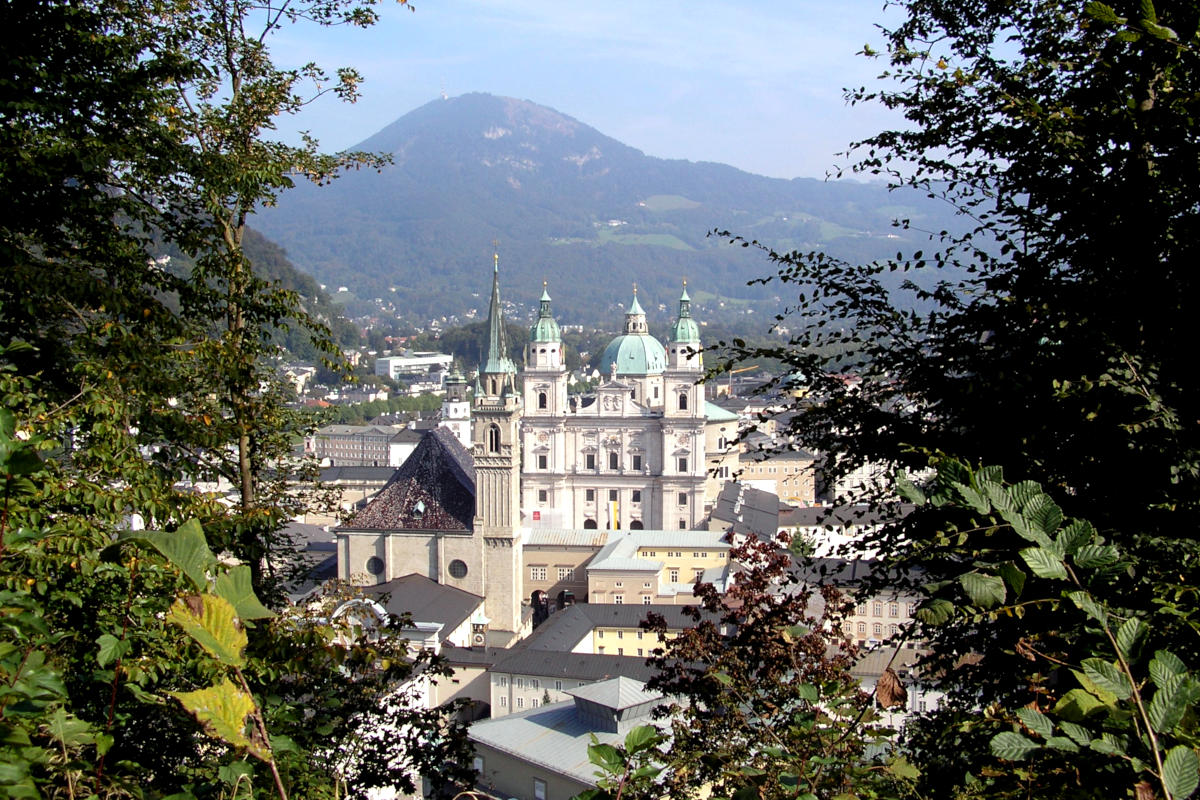Opal: The Enchanting Play-of-Color Gemstone
Opal, with its mesmerizing play-of-color, is a semiprecious gemstone that has captured the imagination of people for centuries.

Known for its unique optical properties and kaleidoscope of colors, this gemstone carries a fascinating history and continues to be admired today. Let us explore the scientific specifications, origins, mining practices, and historical significance of opal.
Scientific Specifications and Origin
Opal is a unique gemstone composed of hydrated silica spheres. Its play-of-color, which appears as a shifting array of iridescent hues, is caused by the diffraction and interference of light as it passes through the silica spheres. This optical effect gives opal its ethereal and enchanting appearance.
Opal is formed through a process known as "percolation," where silica-rich water seeps through rocks and deposits silica gel into cavities and fissures. Over time, the water evaporates, leaving behind the solidified silica gel, which eventually transforms into opal.
Main Sources and Modern Mining
Opal is found in several locations around the world, with significant sources including Australia, Ethiopia, Mexico, Brazil, and the United States (Nevada). Australia is particularly renowned for its high-quality opals, including the precious black opal and vibrant crystal opal varieties.
Modern opal mining involves various methods, depending on the deposit type. Opal mines may be underground or open-cut operations. Miners use specialized tools to extract the opal-bearing rocks, and the gemstones are carefully extracted to preserve their delicate play-of-color.
Once mined, opals are skillfully cut and polished to reveal their captivating play-of-color. Opal cutters take great care to orient the gemstones for the best display of their iridescence, resulting in opals that showcase a stunning dance of colors when viewed from different angles.
Historical Significance
Opal has a rich history and has been revered by various cultures throughout time. Ancient civilizations, such as the Romans, believed opal to be a symbol of hope and purity. In the Middle Ages, opal was considered a stone of luck and was believed to possess the virtues of all gemstones due to its kaleidoscopic colors.
However, opal's reputation underwent changes in the 19th century when a popular novel portrayed it as a bad luck stone. This superstition was later dispelled, and opal regained its popularity and allure as a precious gemstone.
Today, opal remains a beloved gemstone, treasured for its captivating play-of-color and its association with emotions such as love, passion, and creativity. Opal is often used in jewelry designs to add a touch of magic and allure to the wearer.
In conclusion, opal's scientific specifications, origins, mining practices, and historical significance contribute to its allure as a semiprecious gemstone. Its captivating play-of-color and unique optical properties make opal a cherished gemstone that continues to enchant and delight gem enthusiasts and jewelry lovers alike.
More about gemstones
Newest Shenanigans
 | The Enchanting Ways of Austria Austria boasts a breathtaking tapestry of landscapes, from the soaring peaks of the Alps to the rolling hills of the wine regions. |
 | 12 must-see attractions in Vienna, Austria There is never enough time to fully discover and appreciate a historic capital like Vienna, but we can try. So here is a list of 12 must-see attractions in Vienna. |
 | 12 must-see attractions in Graz, Austria If you have time on your hand, I recommend to discover Graz by yourself. But time is tricky to come by these days, so here is a list of 12 must-see attractions in Graz, Austria. |
 | 12 must-see attractions in Salzburg, Austria Like most places on our planet, Salzburg is a city you need time to fully discover and appreciate. However, time is always hard to come by these days. So here is a list of 12 must-see attractions in Salzburg. |
 | Some museums to visit in Salzburg Salzburg is a city rich in culture and history, so naturally it features many interesting museums. By all means, the list is not complete, but I try to add the small museums too. |
 | 12 must-see attractions in Innsbruck, Austria Of course the best way to discover a city rich in culture and history like Innsbruck would be to spend a lot of time there. But since time is often an issue, here are 12 must-see attractions in Innsbruck, Austria. |
 | 12 must-see attractions in Linz, Austria For us people of Salzburg, Linz is just a short hop away by train - so we can visit often. If you are short on time however, here are 12 must-see attractions in Linz, Austria. |
